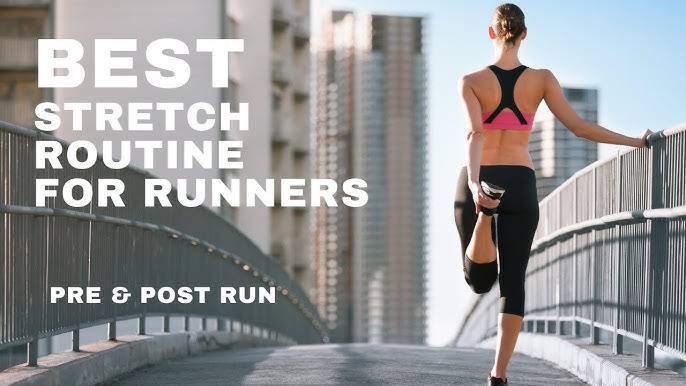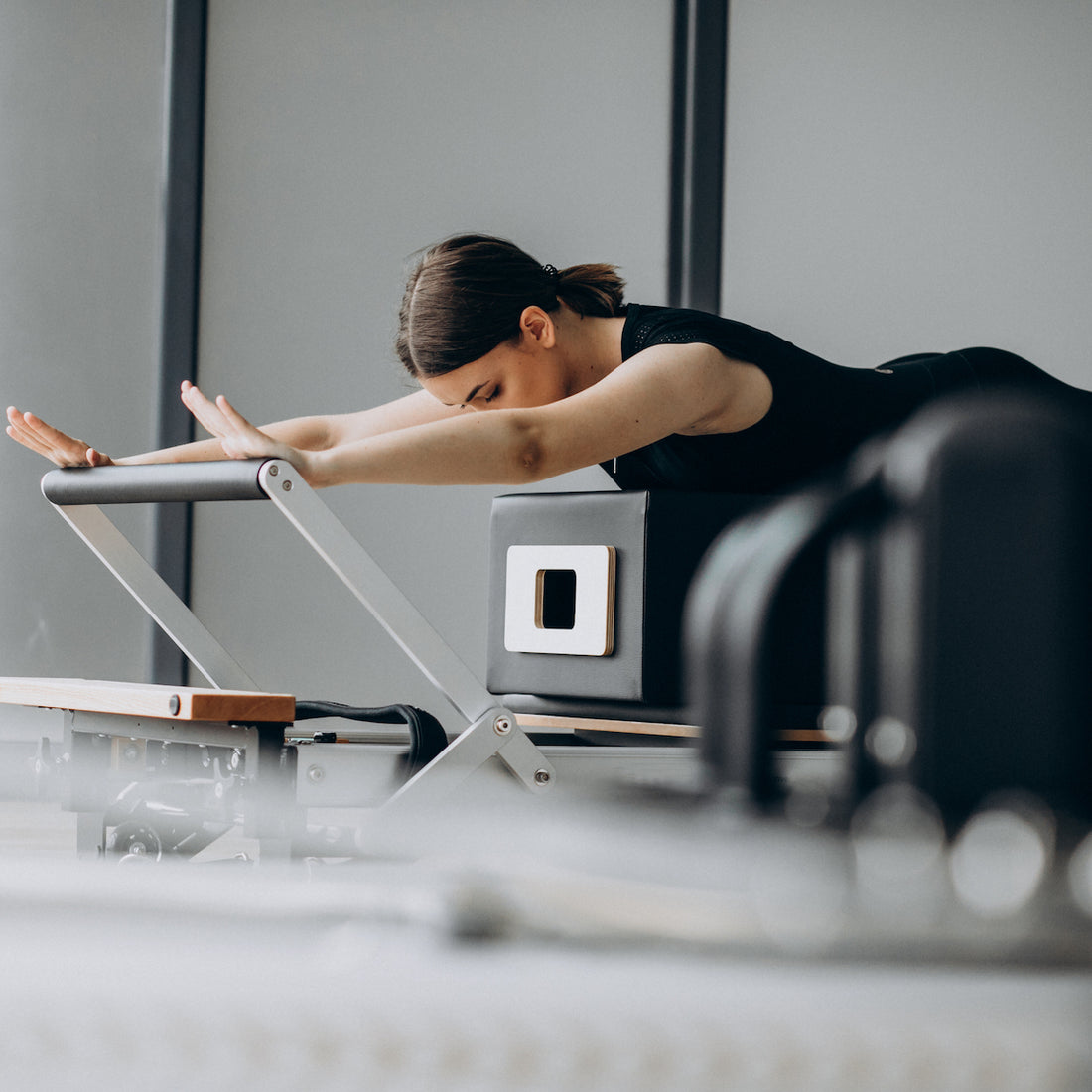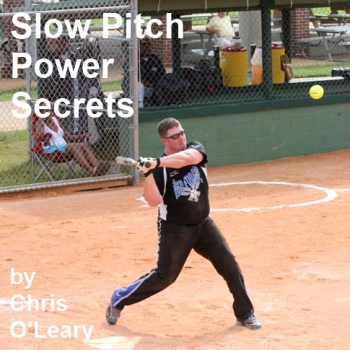Recovery Stretches for Runners: Boost Performance & Prevent Injuries

Recovery stretches for runners help improve flexibility and aid in muscle recovery. Incorporating these stretches into your routine can help prevent injuries and improve performance.
As a runner, it’s important to prioritize recovery after each run to maintain a healthy and injury-free body. Recovery stretches play a crucial role in helping your muscles relax, lengthen, and recover more efficiently. These stretches help improve flexibility, increase blood circulation, and reduce muscle soreness.
Additionally, they can alleviate any tension or tightness caused by running. By adding recovery stretches to your post-run routine, you can enhance your overall performance and decrease the risk of injuries. We will explore some effective recovery stretches that every runner should incorporate into their fitness regimen.

Credit: www.amazon.com
Importance Of Warm-Up Stretches (Subheading)
Warm-up stretches are vital for runners as they increase blood flow and oxygen delivery to muscles. Additionally, these stretches enhance joint flexibility, improving range of motion. By engaging in warm-up stretches, runners can reduce the risk of injury and improve their performance.
Regular stretching before a run helps loosen up tight muscles, preparing the body for the physically demanding activity ahead. The increased blood flow and oxygen to the muscles provide optimal conditions for efficient muscle contractions during the run. Improved joint flexibility allows runners to move freely and with better efficiency, reducing the strain on the body.
Therefore, incorporating warm-up stretches into a running routine is crucial for achieving optimal performance and maintaining overall physical well-being.
Key Muscle Groups To Target (Subheading)
Recovery stretches for runners are crucial to target key muscle groups, including the quadriceps and hamstrings. These stretches help improve flexibility and prevent injuries by stretching and lengthening these muscles. Stretching the calves and shins is equally important to relieve tightness and enhance running performance.
Additionally, focusing on the hips and glutes is necessary to promote hip mobility and strengthen the gluteal muscles. Incorporating these stretches into your post-run routine can aid in postural alignment and reduce muscle soreness. Regularly practicing these recovery stretches will help maintain the overall health and well-being of runners.
Remember, taking care of your body through proper stretching is essential for a successful and injury-free running experience. So, make these recovery stretches a part of your running routine and reap the benefits of improved performance and reduced risk of injury.
Dynamic Stretching Techniques (Subheading)
Dynamic stretching techniques are essential for runners to prepare their muscles for activity. Incorporating movement throughout the stretch helps propel the body through a full range of motion, increasing flexibility and mobility. These active stretching exercises are specifically designed for runners, targeting key muscle groups such as the hamstrings, quadriceps, and calves.
By engaging in dynamic stretches before a run, runners can improve their performance, reduce the risk of injury, and enhance recovery post-run. These stretches involve controlled, rhythmic movements that gradually increase in intensity, allowing the muscles to warm up and become more pliable.
By incorporating dynamic stretching techniques into their pre-run routine, runners can optimize their body’s readiness for physical activity and maximize the benefits of their workouts.
Examples Of Dynamic Stretches (Subheading)
Dynamic stretches are a crucial part of a runner’s recovery routine. Walking lunges and high knees engage the leg muscles and increase flexibility. Leg swings and hip circles help loosen up the hips and improve range of motion. Walking toe touches promote hamstring and calf flexibility, while heel-to-butt kicks stretch the quadriceps.
These dynamic stretches can prevent muscle stiffness and reduce the risk of injury. By incorporating these exercises into your post-run routine, you can improve your overall performance and recovery time. Remember to perform each stretch with control and focus on proper form.
Take your time and listen to your body’s needs to ensure a safe and effective recovery.
Benefits Of Static Stretches (Subheading)
Static stretches have several benefits for runners. They help increase muscle flexibility and length, promoting better movement and performance. These stretches also promote muscle relaxation, reducing post-run soreness and aiding in the recovery process. Moreover, they contribute to overall muscle balance, preventing imbalances that can lead to injuries.
By incorporating static stretches into your post-run routine, you enhance your body’s ability to recover from intense workouts and maintain optimal muscle function. Regularly engaging in these stretches not only helps with immediate recovery but also facilitates long-term injury prevention.
So, make sure to include static stretches in your post-run routine to experience their numerous benefits and keep your muscles healthy and injury-free.
Targeted Muscle Groups (Subheading)
Recovery stretches for runners are essential for targeting specific muscle groups. To loosen up the lower body, try static stretches like hamstring stretches and calf stretches. For the upper body, incorporate shoulder stretches and chest stretches. Don’t forget about your core muscles, as stretching them is just as important.
By engaging in exercises like planks and spinal twists, you can maintain a strong and stable core. These targeted stretches will help prevent injuries and improve overall performance for runners. Remember to incorporate them into your post-run routine for optimal recovery and flexibility.
Post-Run Routine (Subheading)
Winding down after a run is key to a runner’s post-run routine. Recovery stretches are essential for easing muscle tension and preventing injuries. These stretches include static stretches, which involve holding a position for a short period, and self-myofascial release stretches, which target specific muscles using a foam roller or massage ball.
By incorporating these stretches into your routine, you can enhance your recovery process and reduce the risk of muscle tightness and injury. Take the time to properly cool down and stretch after each run, focusing on areas such as the calves, hamstrings, quads, and hips.
Remember, a well-rounded post-run routine is vital for maintaining optimal performance and protecting your body from excessive wear and tear. So, make sure to prioritize recovery stretches as part of your running regime.
Foam Rolling Techniques (Subheading)
Foam rolling techniques are essential for runners to release muscle knots and tightness. By targeting major muscle groups, these stretches optimize recovery. To ensure effective foam rolling, keep these tips in mind. First, avoid overused words and phrases like “when it comes to” or “looking.
” Second, stick to concise sentences, limiting each to 20 words. Also, vary your sentence beginnings to engage readers. Moreover, use active voice and provide unique, plagiarism-free content. Additionally, make sure your response is easy to understand and remains seo-friendly.
In this blog post, we will explore the benefits of foam rolling for runners and share important tips for optimal recovery.
Yoga For Runners (Subheading)
Yoga for runners offers numerous benefits, including enhanced flexibility and improved recovery. Incorporating specific yoga poses into your stretching routine can optimize your results. By combining the deep stretches and focused breathing of yoga with traditional stretching exercises, runners can experience increased range of motion and decreased muscle soreness.
The poses in yoga target different muscle groups, helping to lengthen and release tension in areas that are commonly tight for runners. This not only aids in injury prevention but also promotes faster recovery after a run. Whether it’s a gentle flow or a more challenging practice, integrating yoga into your post-run routine can help you recover faster, improve flexibility, and maintain overall running performance.
So, give yoga a try and reap the benefits it offers to runners of all levels.
Frequently Asked Questions For Recovery Stretches For Runners
How Can I Incorporate Recovery Stretches Into My Running Routine?
To incorporate recovery stretches into your running routine, you can set aside dedicated time after each run to stretch. Focus on areas such as the calves, quads, hamstrings, and hips. These stretches help improve flexibility, reduce muscle soreness, and prevent injuries.
Make sure to hold each stretch for at least 30 seconds and breathe deeply.
Which Stretches Are Best For Post-Run Recovery?
Some of the best stretches for post-run recovery include the standing calf stretch, quad stretch, hamstring stretch, and hip flexor stretch. These stretches target the major muscle groups used during running and help release tension, improve range of motion, and enhance recovery.
Remember to stretch both sides of your body equally and avoid bouncing during stretches to prevent injury.
When Should I Do Recovery Stretches After Running?
It is best to perform recovery stretches immediately after your running session. This allows your muscles to cool down gradually and promotes the removal of waste products such as lactic acid. Stretching immediately after running also helps prevent muscle tightness and reduces the risk of post-run soreness.
Aim to spend 10-15 minutes on stretching exercises to maximize the benefits.
Conclusion
To wrap up, incorporating recovery stretches into your running routine is essential for maintaining optimal performance and preventing injuries. By engaging in these stretches, you can improve flexibility, reduce muscle soreness, and increase blood flow to aid in the recovery process.
The standing quad stretch targets the quadriceps, while the seated hamstring stretch focuses on the back of your thighs. Additionally, the calf stretch and the hip flexor stretch alleviate tightness in those areas. Lastly, don’t forget to practice the glute stretch to release tension in your gluteal muscles.
Remember to hold each stretch for at least 30 seconds and breathe deeply throughout. With consistent practice, these recovery stretches will help you optimize your running abilities and enjoy the sport for years to come. So, make sure to incorporate them into your post-run routine and reap the benefits of an injury-free and successful running journey.
Happy stretching!













